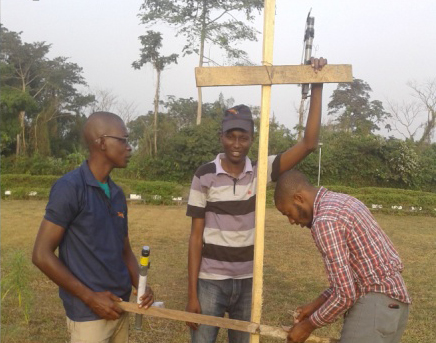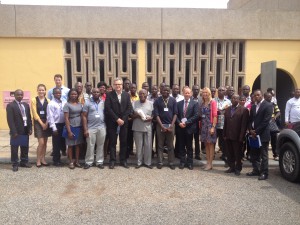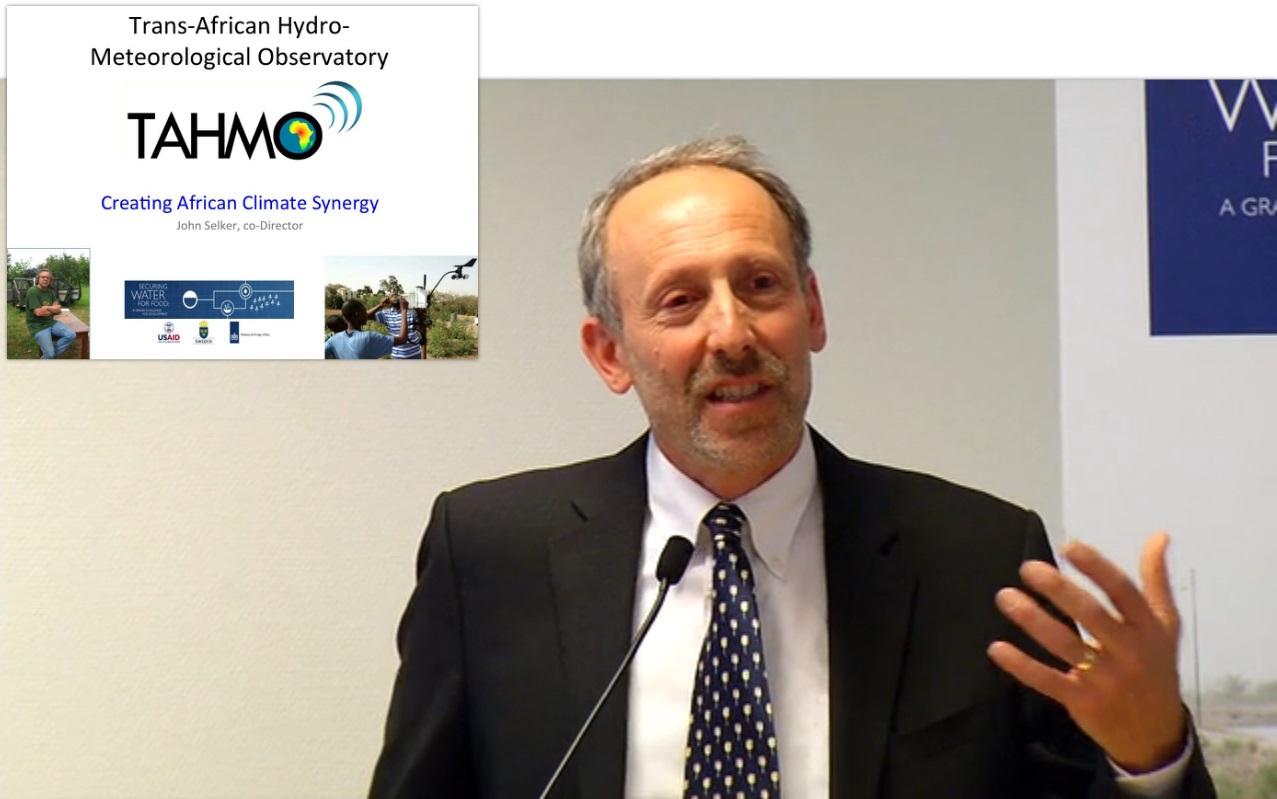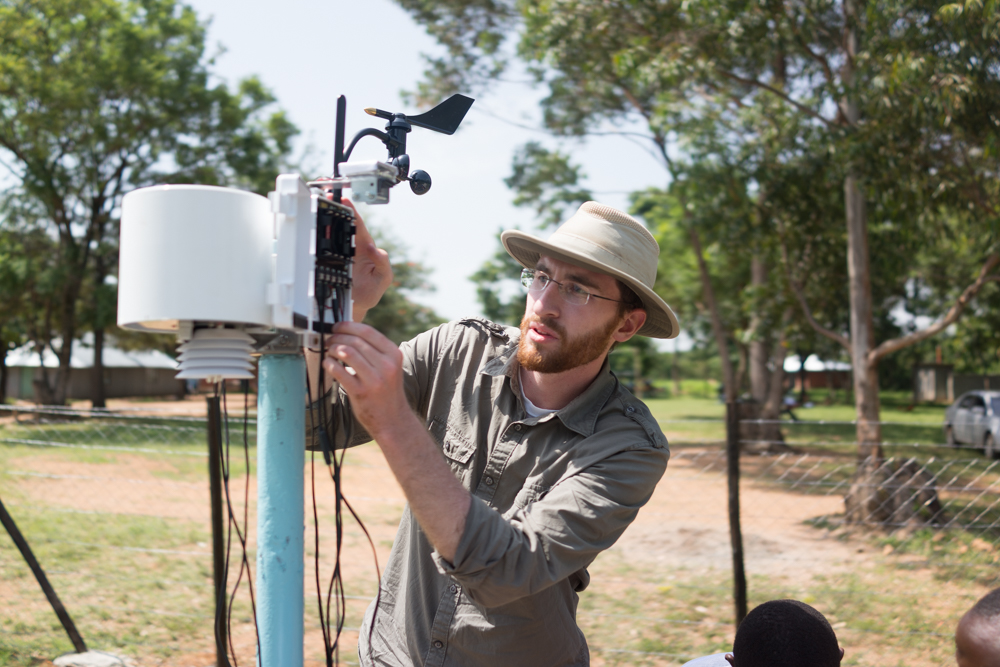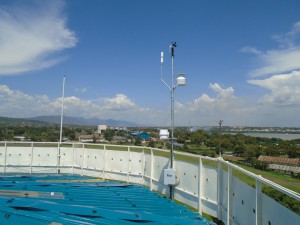 Since September 2014, TAHMO, Earth Networks (EN), and African Centers for Lightning and Electromagnetics (ACLE) have been installing modern automatic weather stations around the Lake Victoria basin. The stations are for carrying out a pilot project on severe weather nowcasting based on total lightning detection with the aim of reducing deaths, injuries, and property damage caused by lightning.
Since September 2014, TAHMO, Earth Networks (EN), and African Centers for Lightning and Electromagnetics (ACLE) have been installing modern automatic weather stations around the Lake Victoria basin. The stations are for carrying out a pilot project on severe weather nowcasting based on total lightning detection with the aim of reducing deaths, injuries, and property damage caused by lightning.
In this project, 12 stations will be used to simultaneously detect lightning strikes. In real-time, the data shall be uploaded to an online server, analyzed, and information dispatched to end users. Highly detailed lightning data for storm cell identification and tracking will be provided. Once complete, the system will be able to combine nowcasting and forecasting capabilities and information disseminated to end-users through mobile telephones.
In addition to lightning data, each station provides real-time local weather information and predictions which includes rainfall, wind, temperature, humidity, and dew point.
Data from the project will not only be used to reduce damages, but also provide a detailed understanding of severe weather dynamics around the Lake Victoria region. The analytical information from lightning detection shall be integrated with other datasets for dissemination to end-users via web portals and mobile applications
AS3935 on Lightning network
Soon, it shall be possible to develop real-time lightning location detection systems at a low cost. This is according to research supported by TAHMO that proposes the use of integrated lightweight and low power-consuming gadgets to design lightning networks. The findings were presented at Jomo Kenyatta University (JKUAT) scientific technology and Industrialization conference in November 2014.


